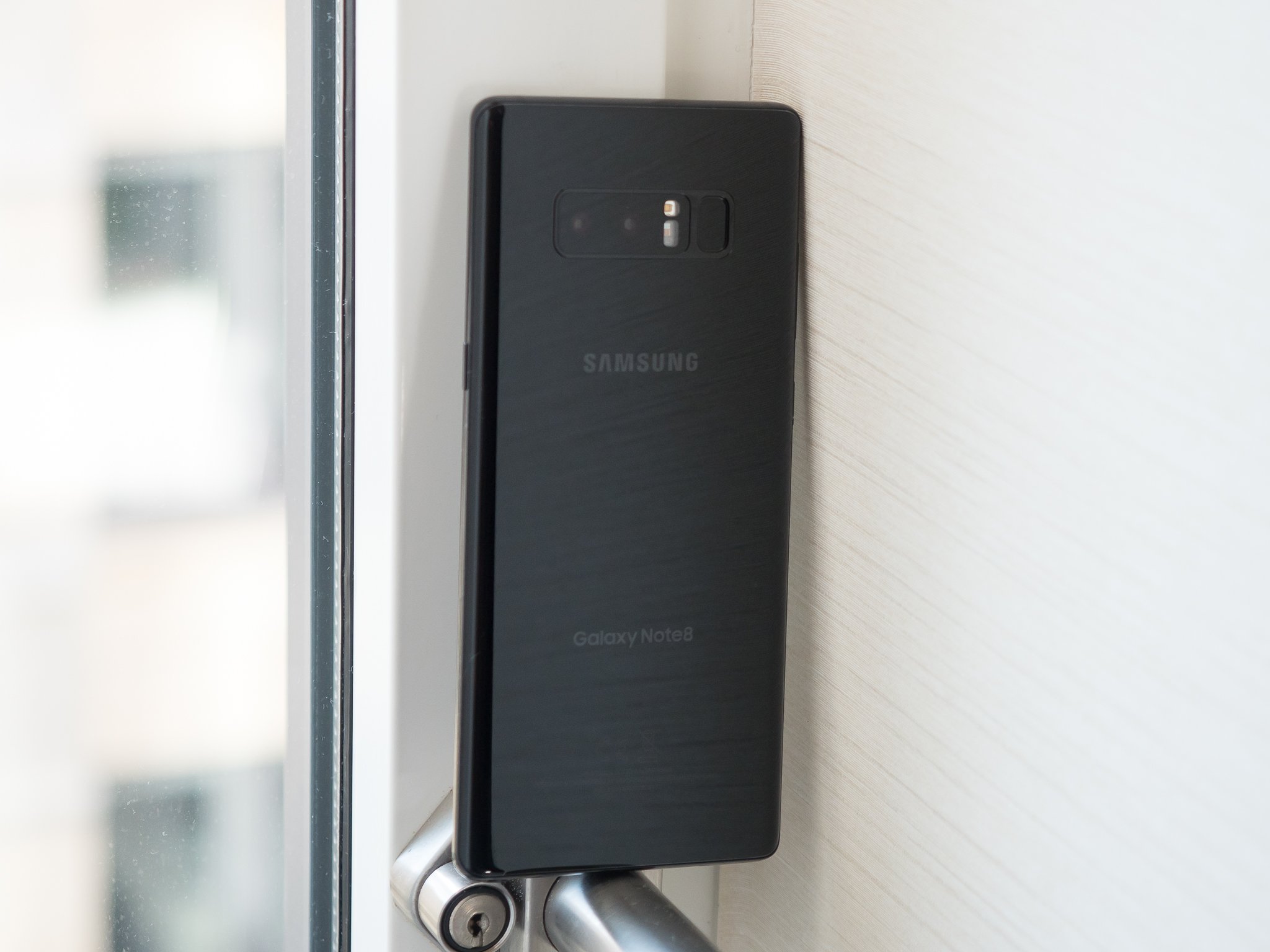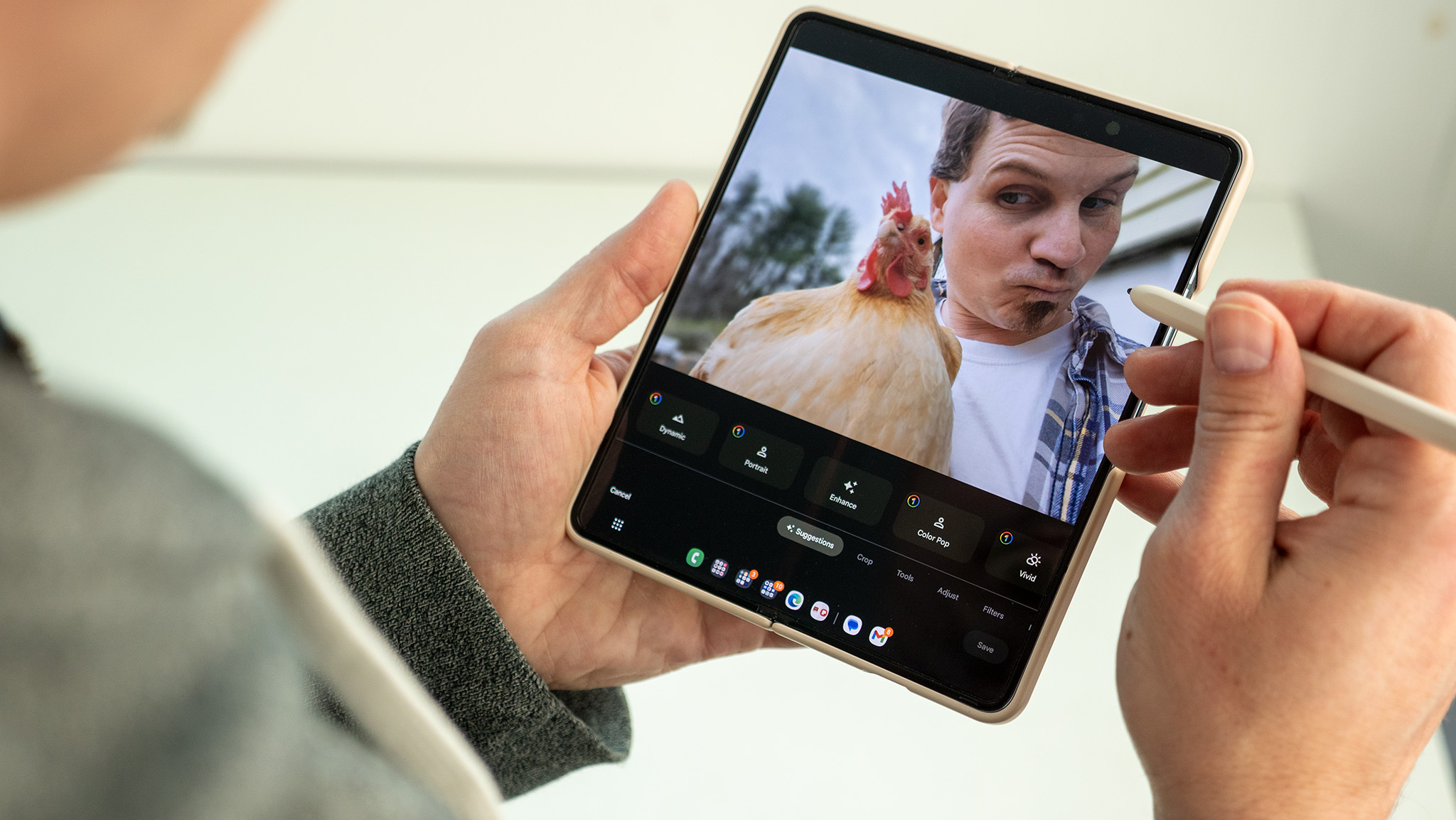Android Central Verdict
Price: $949Bottom line: Samsung's Note line continues to be the company's dominant phone in terms of mind share, if not market share. Excellent hardware is filled with top-end specs and all sorts of hardware features that you desire, and the icing on the cake is the super-powerful S Pen stylus. There are a few quirks in the software and with the fingerprint sensor, but you can look past those to get an amazingly capable phone.
Pros
- +
Best screen available today
- +
Very good camera
- +
S Pen is a truly unique feature
- +
Great set hardware features
- +
Top-end specs
Cons
- -
Software can be overwhelming
- -
Battery life not good enough for the size
- -
Fingerprint sensor is tough to reach
- -
Basic speaker
Why you can trust Android Central
To the hyper-observant phone nerds, the Galaxy Note 8 was never going to be a mind-blowing new piece of technology. We, after all, are no longer Samsung's target market — even for the Galaxy Note, traditionally its most enthusiast-focused device. The 2017 iteration of the Galaxy Note line isn't designed to necessarily entice and excite all of the most hardcore users — it's now clearly just the top piece of Samsung's three-pronged mainstream phone line.
The Galaxy Note 8 has a couple simple goals. It's aimed at reinstating a confidence in the Note brand after the Note 7's recall, and once again offering an S Pen-toting top-end flagship to act as the face of the Samsung brand. The Note 8 is supposed to be an example of the very best the company has to offer; a culmination of what has made Samsung so successful in the past few years. That means, of course, that the Galaxy Note 8 is mostly identical to the Galaxy S8+ — the previous benchmark for the very best it offered before now.
Samsung is going to market the hell out of the Galaxy Note 8. But what we care about is whether or not it's a phone truly worthy of an amazingly high asking price and all of the hype that brings with it. We answer these questions, and more, in our Galaxy Note 8 review.
About this review
I, Andrew Martonik, am writing this review after 10 days using a U.S. unlocked Galaxy Note 8. The phone was used on T-Mobile in Seattle, WA and on Deutsche Telekom in Berlin, Germany. The phone arrived on software version NMF26X and was not updated during the review period.
In video
Galaxy Note 8 Video review
To get the quick take on the Galaxy Note 8 and see it in action, you'll want to watch our video review above. Once you're done with the video and yearning for even more Note 8 info, you can read the complete review below!
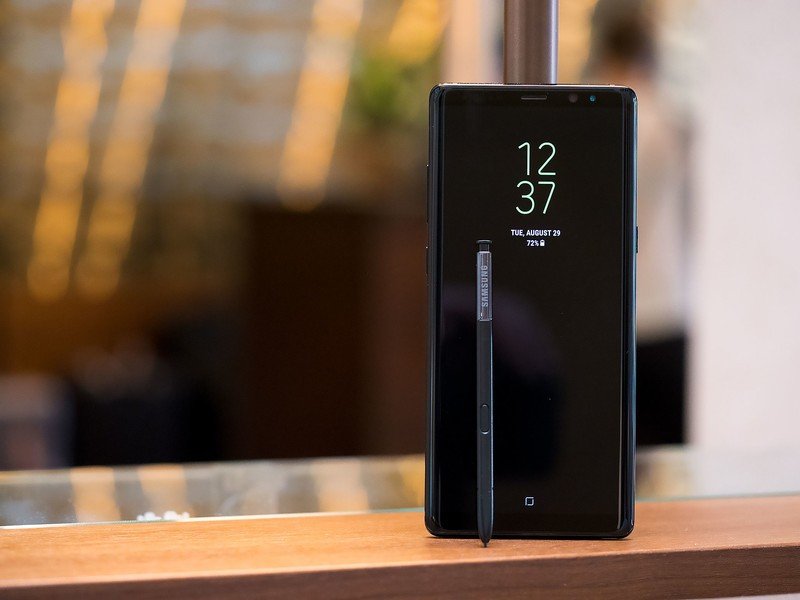
Iteration at its finest
Galaxy Note 8 Hardware and display
About 90% of the experience of seeing and holding the Galaxy Note 8 is familiar — that is, if you're one of the millions of people using the Galaxy S8 and S8+ already. But most people won't be looking to buy a Note 8 if they have a GS8 or S8+; they'll be coming from another phone, and should get ready to be impressed by this thing.
The combination of a sleek aluminum frame and sharply rounded glass is still striking, especially in the black and blue colors where the metal is well color-matched to the glass undercoating — which has a different, subtle pattern to it as well. Tolerances are tight, and the bezels are very small all around the screen. Does the narrow frame and bountiful curved glass make the Note 8 more fragile than some other phones? Probably. But changing the design would mean it wouldn't be so darn beautiful. For most, that's a fine trade-off.
More: Complete Galaxy Note 8 specs
Don't let the familiarity fool you — this is still wonderful hardware to see and hold.
Instead of prattling on for too long about things that haven't changed, I want to focus on the parts of the Note 8's hardware that are actually unique. Most importantly, its seriously huge proportions. Looking back to this time last year, when I reviewed the Galaxy Note 7, I found it was the first Note that was actually compact and comfortable enough to use like a "normal" phone. Now, Samsung has gone back in the other direction — the Note 8 is larger in every dimension than its predecessor, most notably being 9 millimeters (5.8%) taller and 26 grams (15%) heavier.
The Note 8's super-tall 18.5:9 aspect ratio for its 6.3-inch display does indeed give you more to look at without making the phone dramatically wider, which is key for being able to actually get your hand around it. But then again that means that the phone is ludicrously tall. Before you get to any part of actually using the screen, you notice how much the extra height influences your (in)ability to reach the fingerprint sensor on the back. It's an annoying placement on the Galaxy S8, but it's a usability nightmare on the Note 8. I really like iris scanning, but it can't (yet) fully replace a fingerprint sensor; and the Note 8's sensor is a hassle to use each and every time.
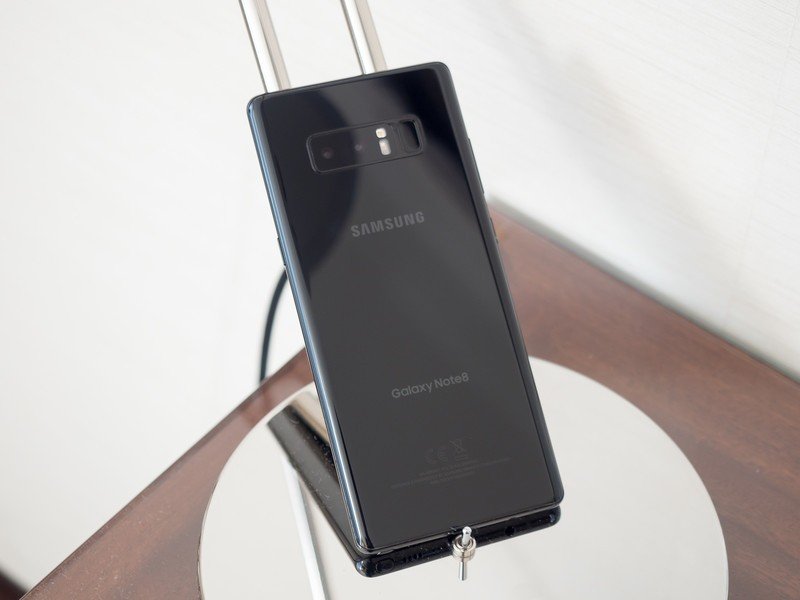
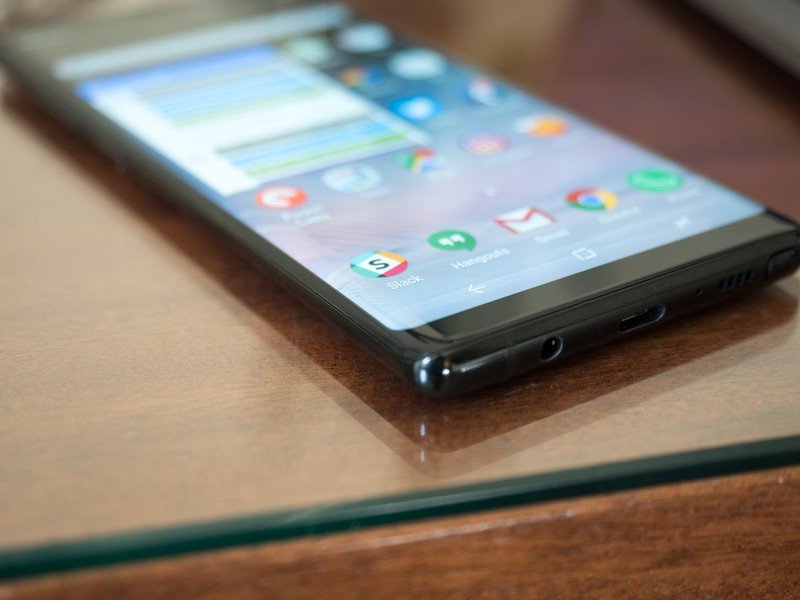
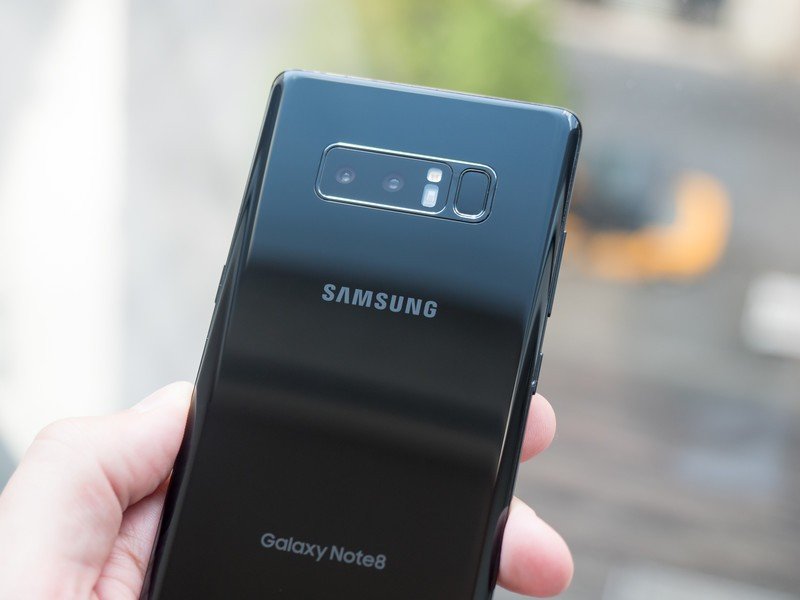
To put it succinctly, the Note 8 is once again no longer a practical one-handed phone that gives you a big screen in a somewhat manageable size. You do indeed get a whole lot of screen to work with, which is super useful particularly when using the phone with full-screen apps (or multi-window) in portrait orientation. But for anyone with average to small hands, it will be difficult to reach the top third of the display or reach to the opposite side of the screen for a slide-in gesture. And you know what? Some people are totally fine with that compromise — they just want more screen, and that's a key reason they're buying a Note. Anyone who wants something more compact (and still capable) can get a Galaxy S8.
You're rewarded with what is, once again, the best smartphone display available today.
If you're ready to handle the Note 8's body, you're rewarded with what is, once again, the best smartphone display available today. I've been gushing over these Super AMOLED panels for a few years now, and Samsung just keeps outdoing itself. The WQHD+ resolution, which comes out to 521 pixels per inch, offers plenty of density. But what really stands out is the visual clarity, punchy colors and ridiculous brightness.
DisplayMate gave out its first ever A+ rating to the Note 8, and the numbers are staggering: peak brightness of 1240 nits, 112% of the DCI-P3 color space, and reflectivity of just 4.6%. And it passes the eye test, too — I have nothing but great things to say about this screen. I just don't see how you could have a complaint with it. Every company should aspire to have this level of panel in their phone, and every person who sees a Note 8 will feel as though their current phone is inferior — because it is.
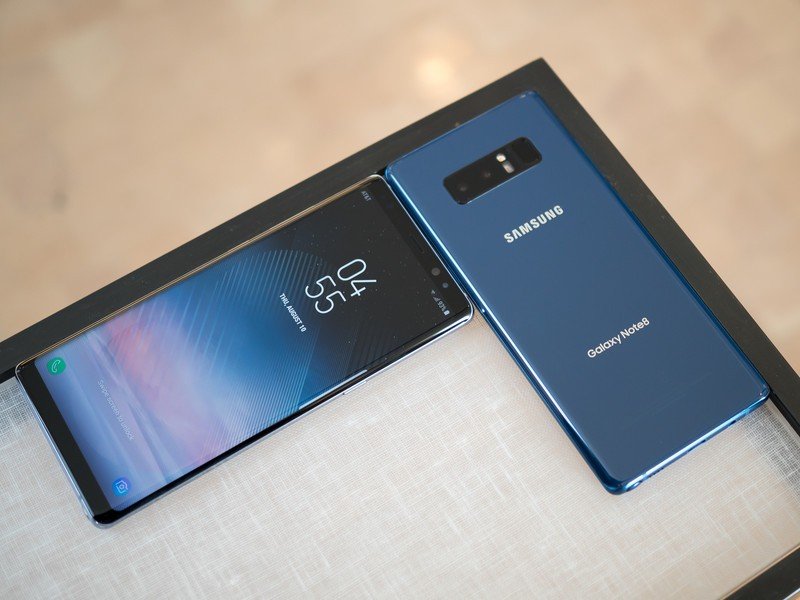
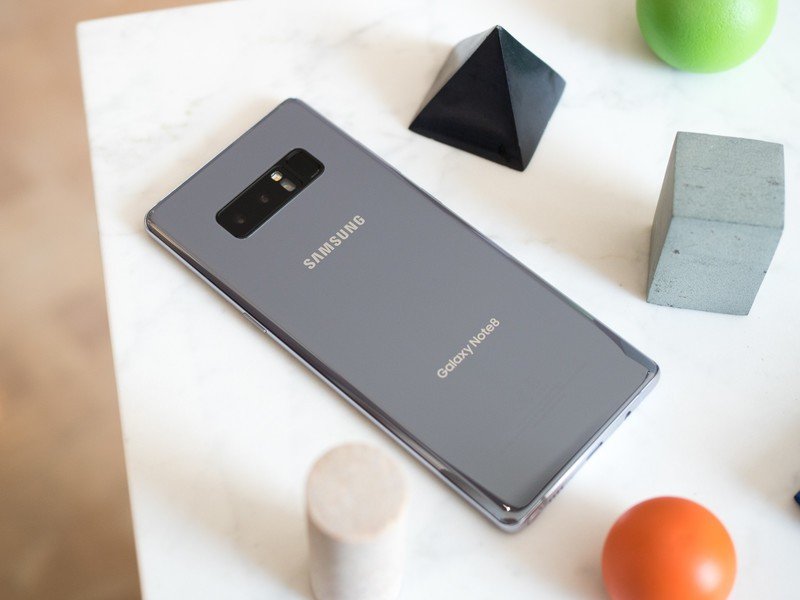
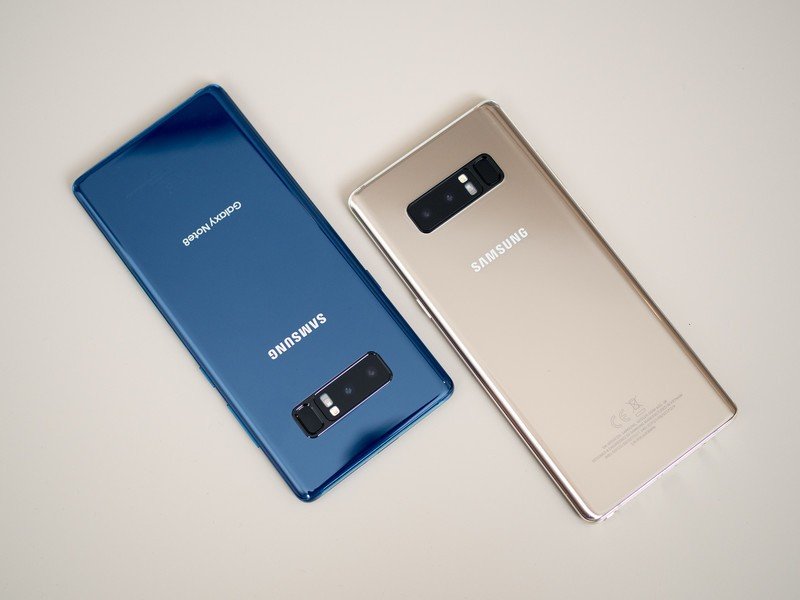
One important aspect of Samsung's recent phones is just how many great hardware features they offer that we end up taking for granted just because of how consistent they have been between devices. IP68 water resistance is here, of course, but so is fast wireless charging, a plenty loud speaker, and yes a headphone jack — plus, a really nice set of AKG earbuds in the box to complete the experience. For all of the areas Samsung innovates and switches things up, it has been extremely consistent in these core areas, and they're ones that are easy to market against the competition that are so often missing one (or many).
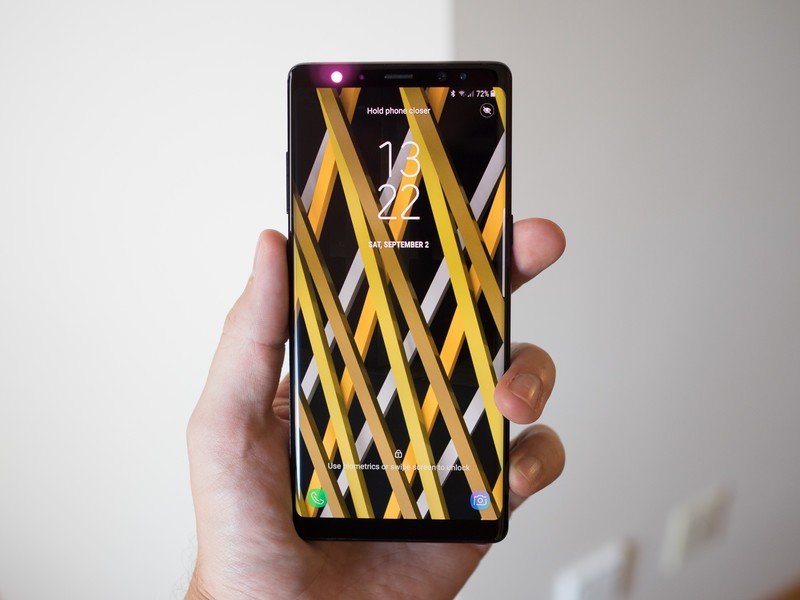
Same solid as ever
Galaxy Note 8 Software, specs and performance
Unlike the hardware strategy of offering three different phones at different sizes with slightly different capabilities, Samsung's software continues to attempt to be all things to all people. The Note 8's interface and features are again near-identical to the Galaxy S8, as well as the Galaxy S7 and Note 5 after their Nougat updates. The interface has definitely grown on me over time, especially as Samsung has moved to a nice combination of whites, grays, and blacks with hints of transparency and pops of color.
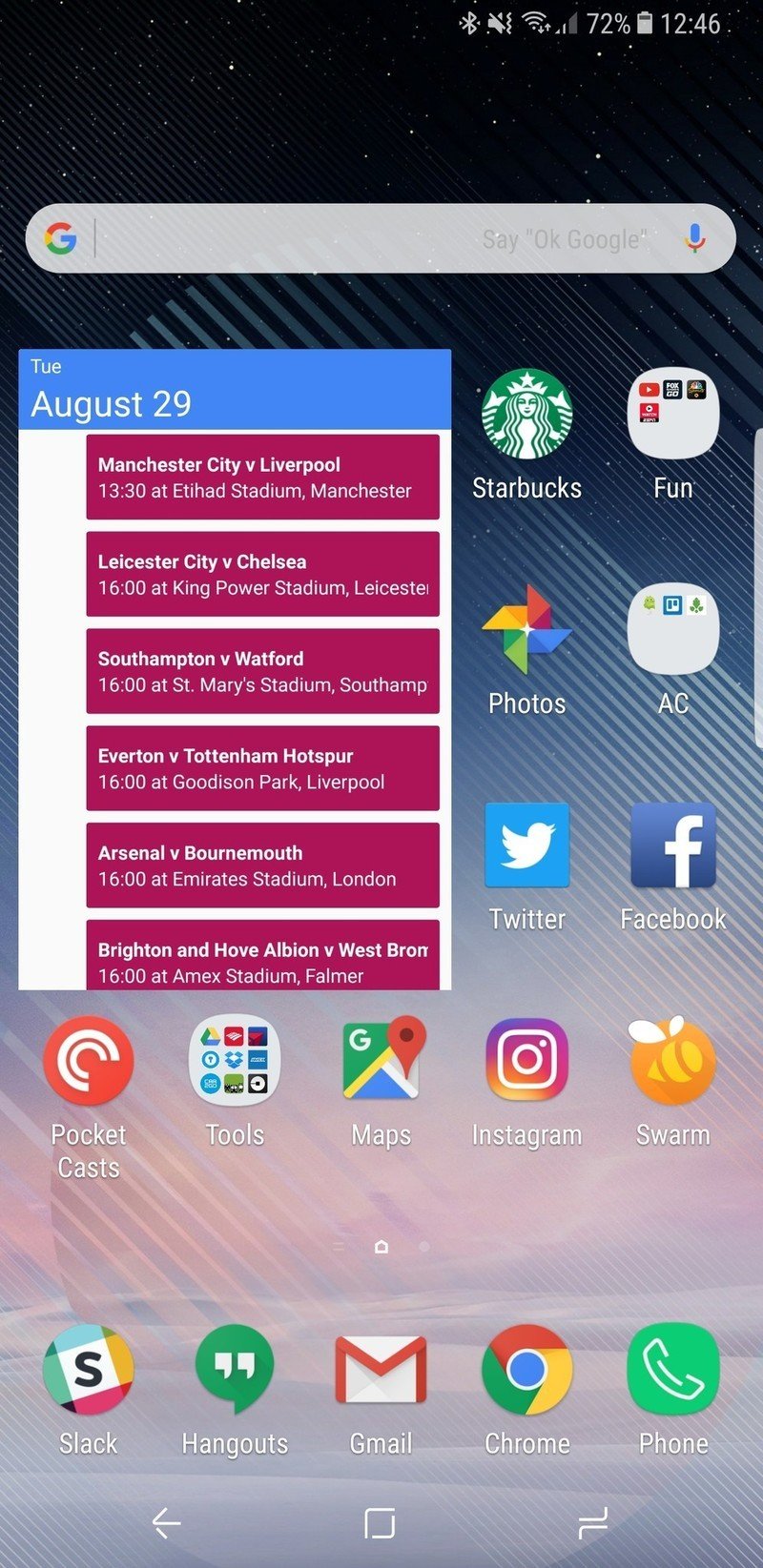
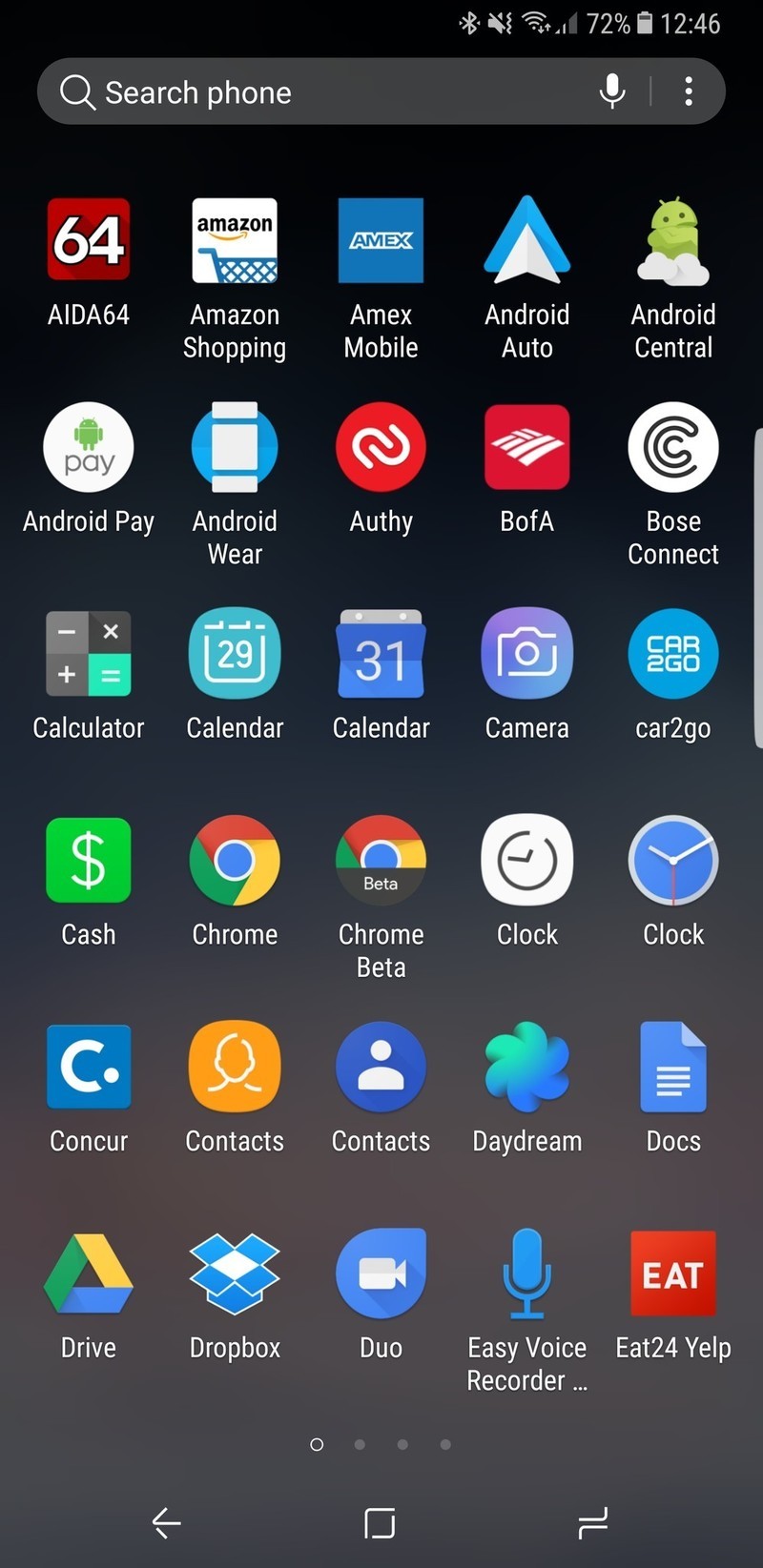
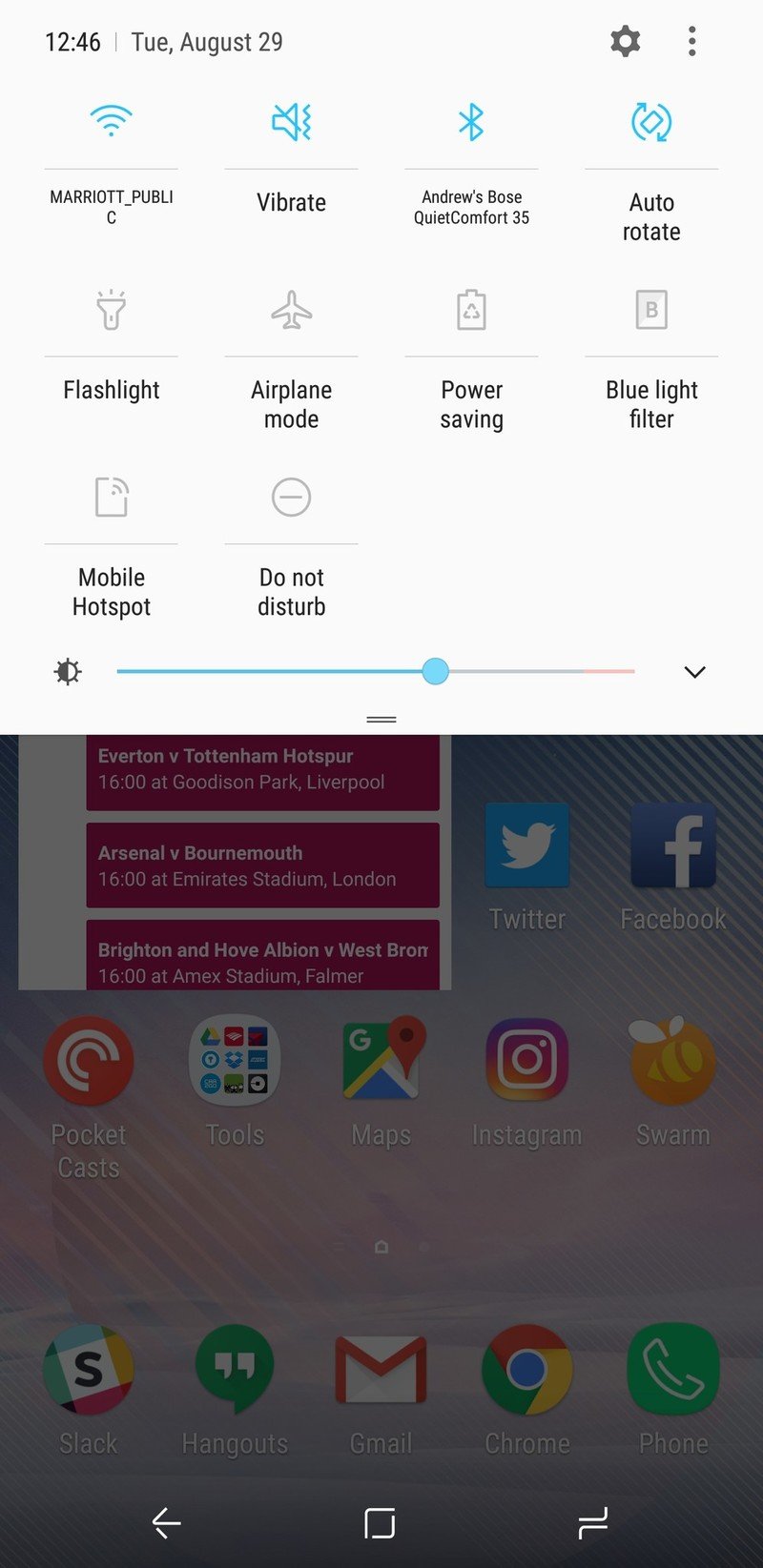
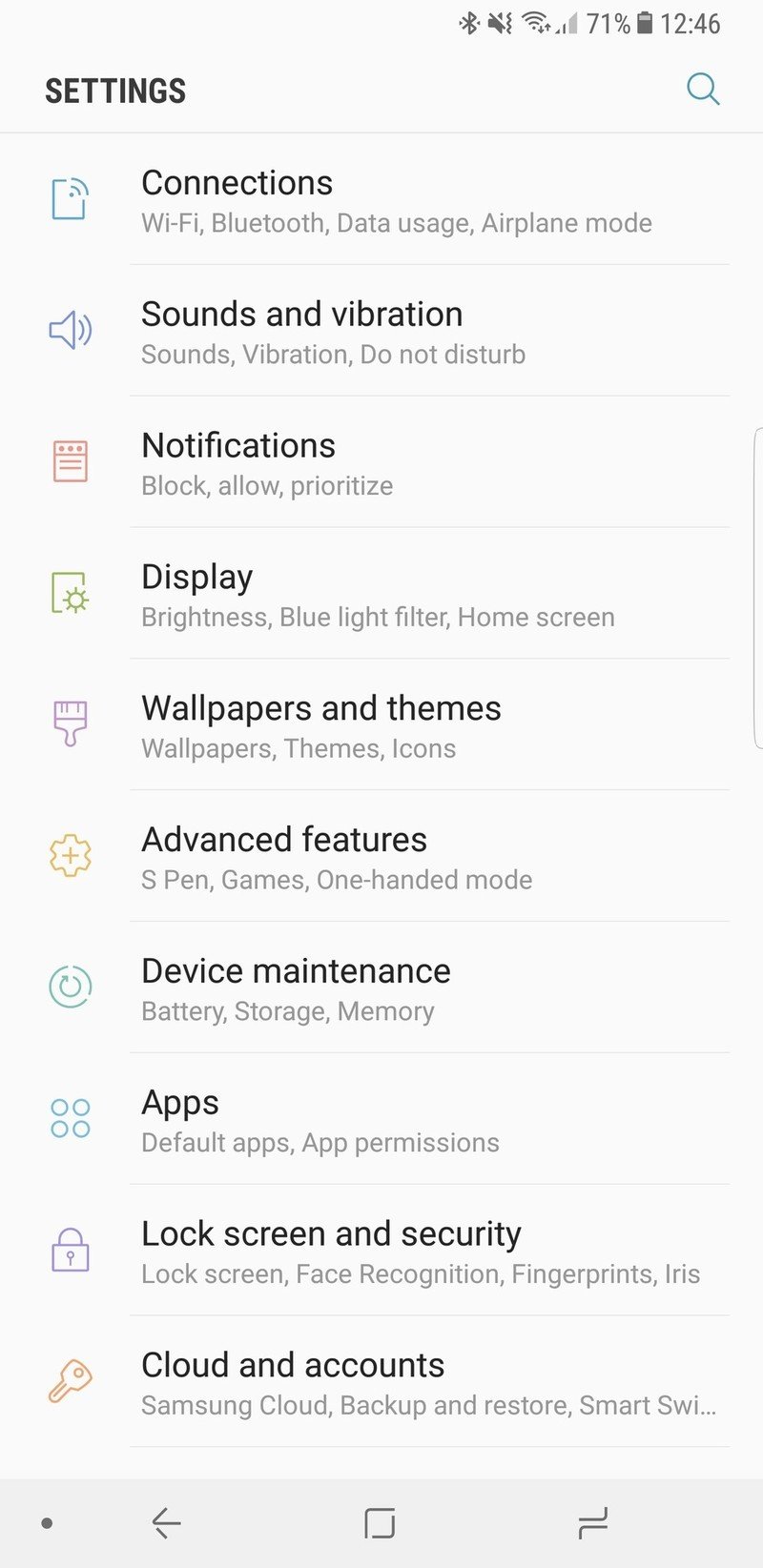
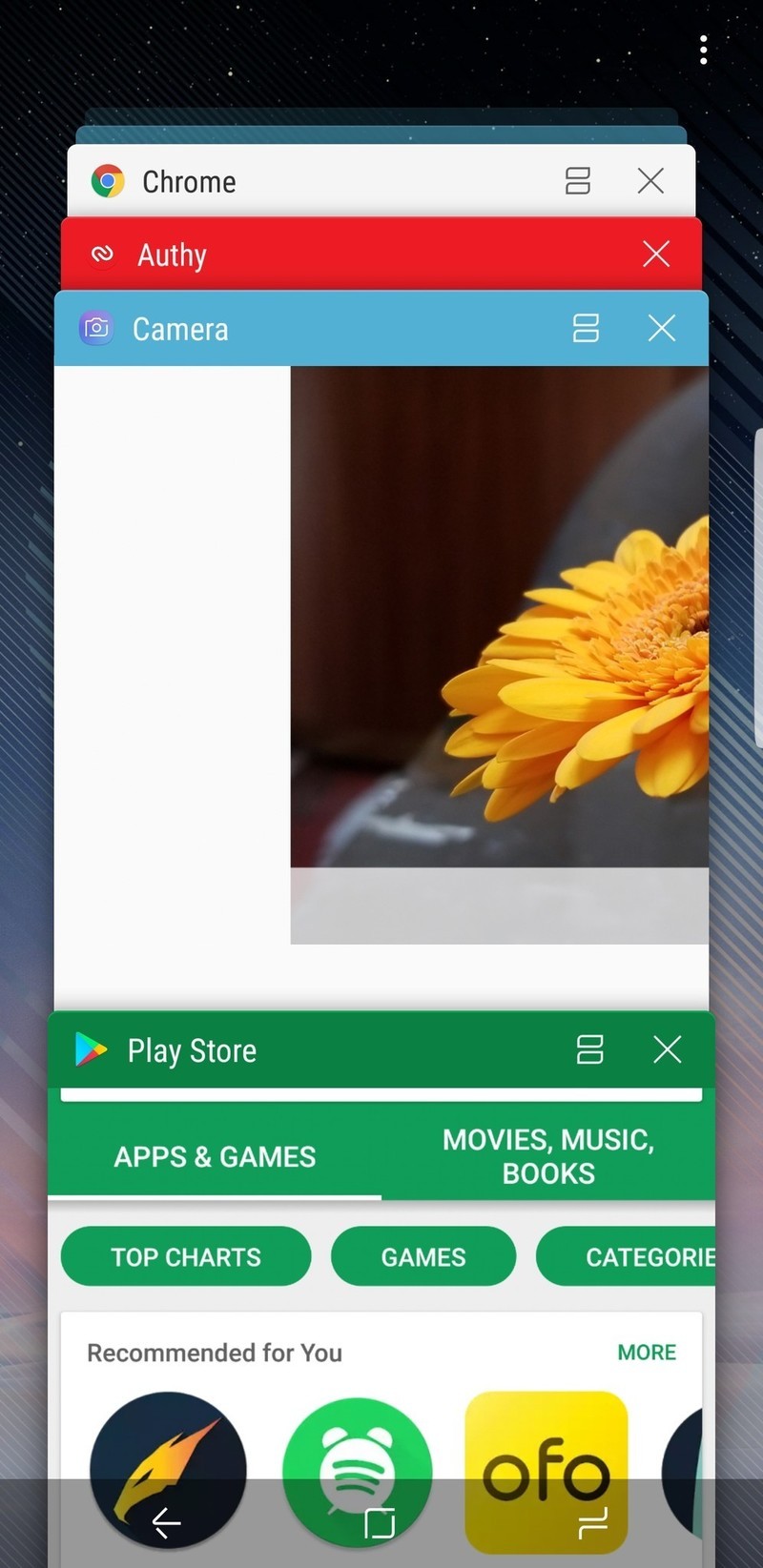
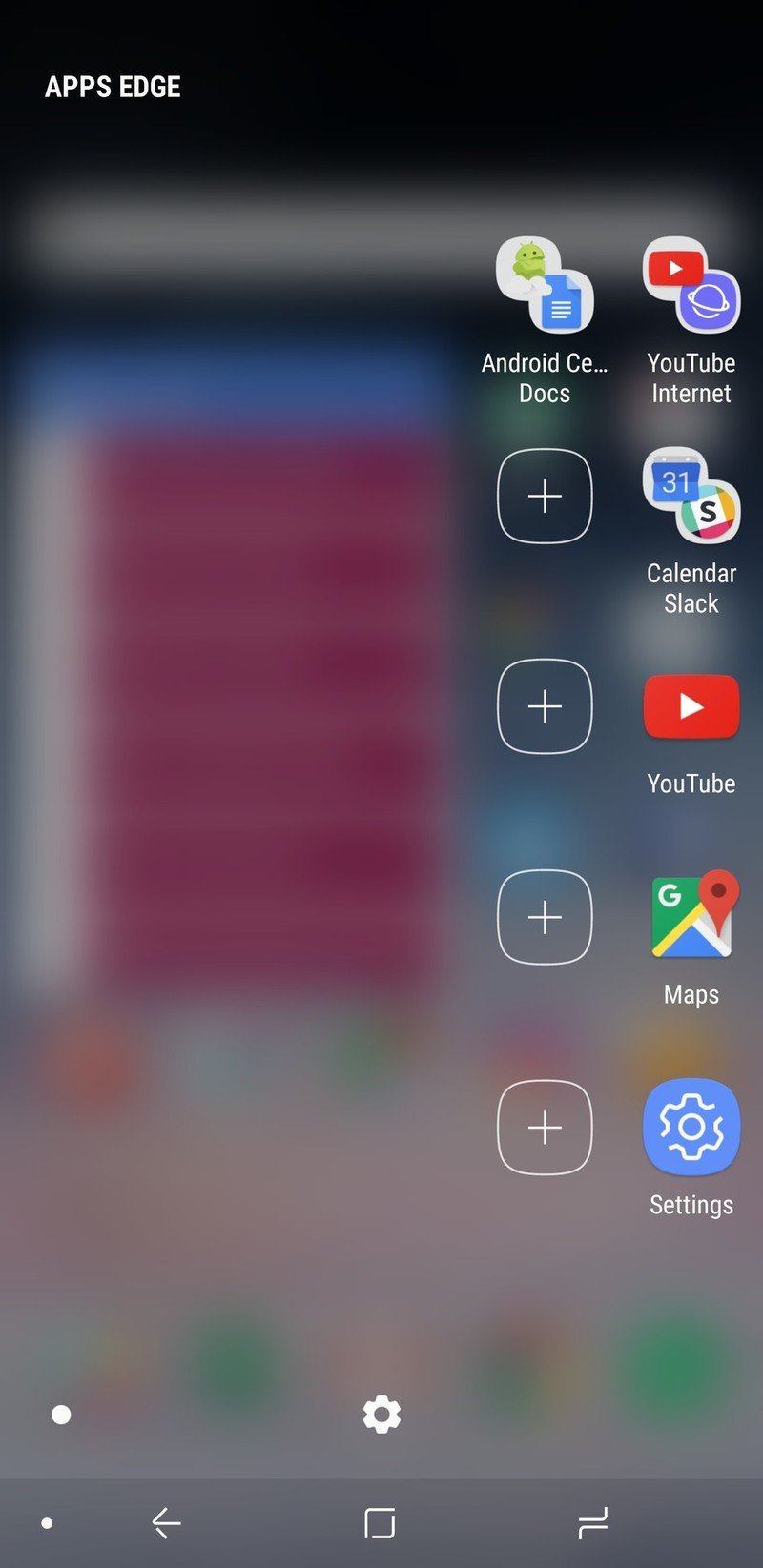
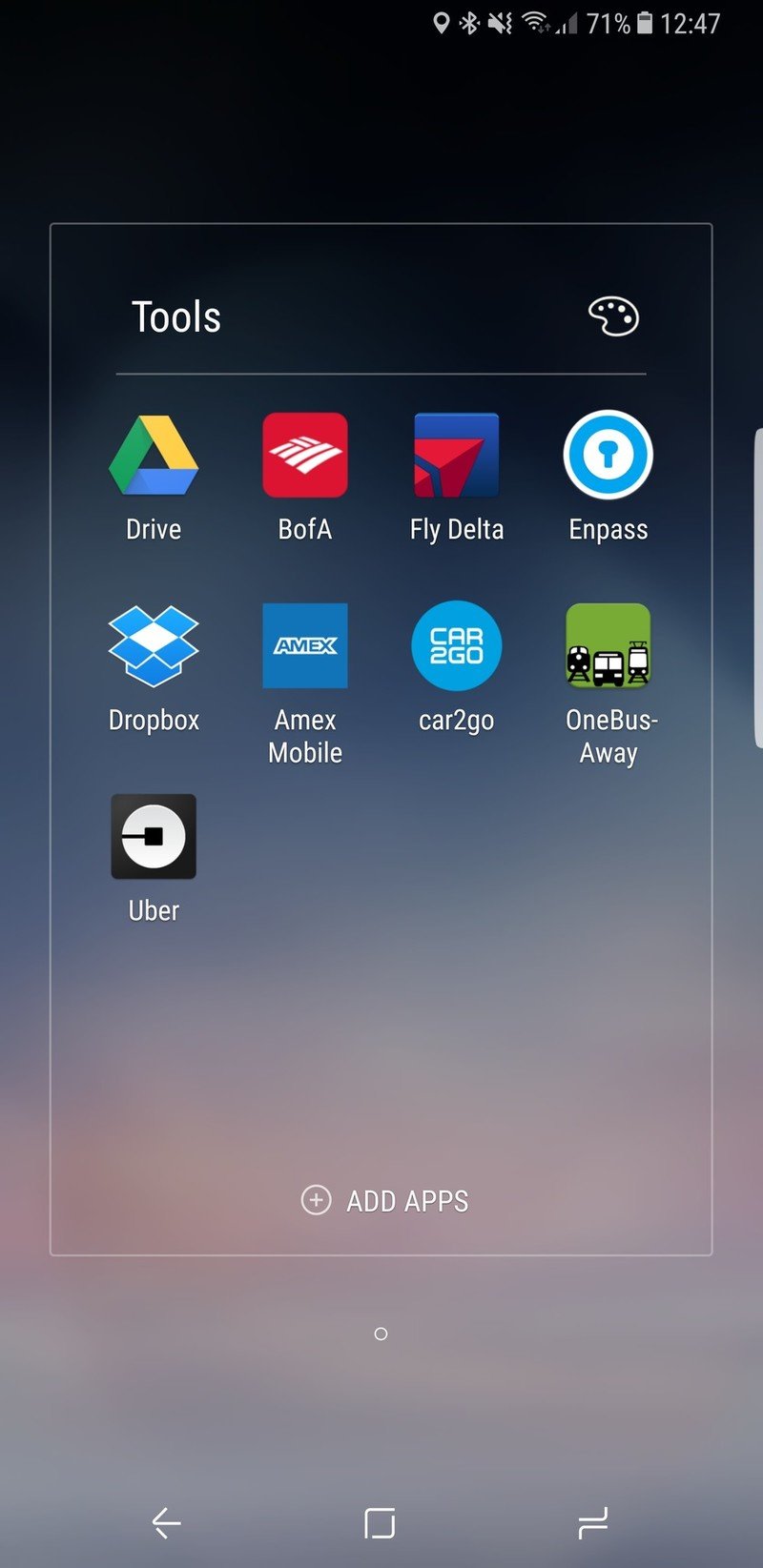
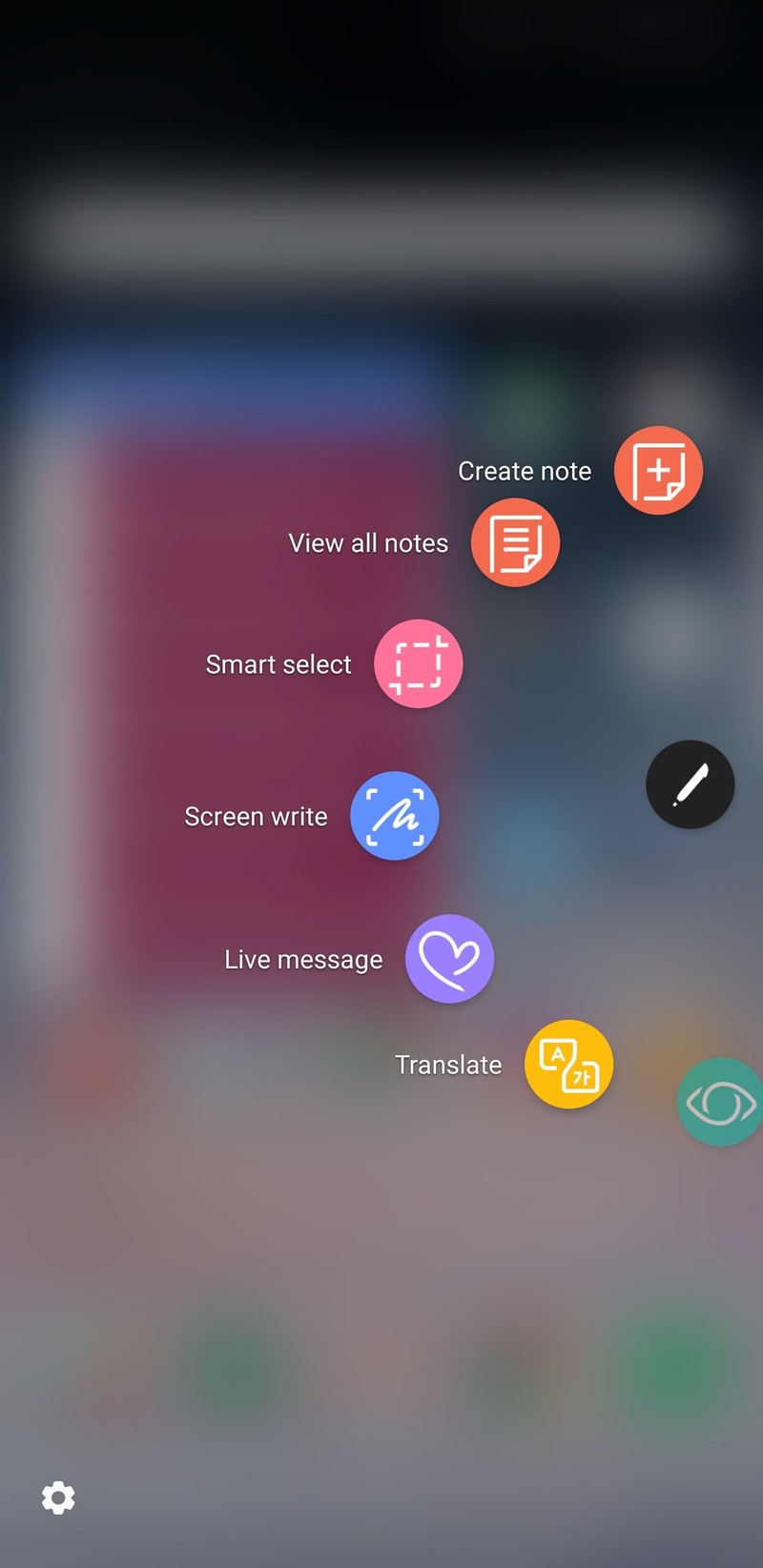
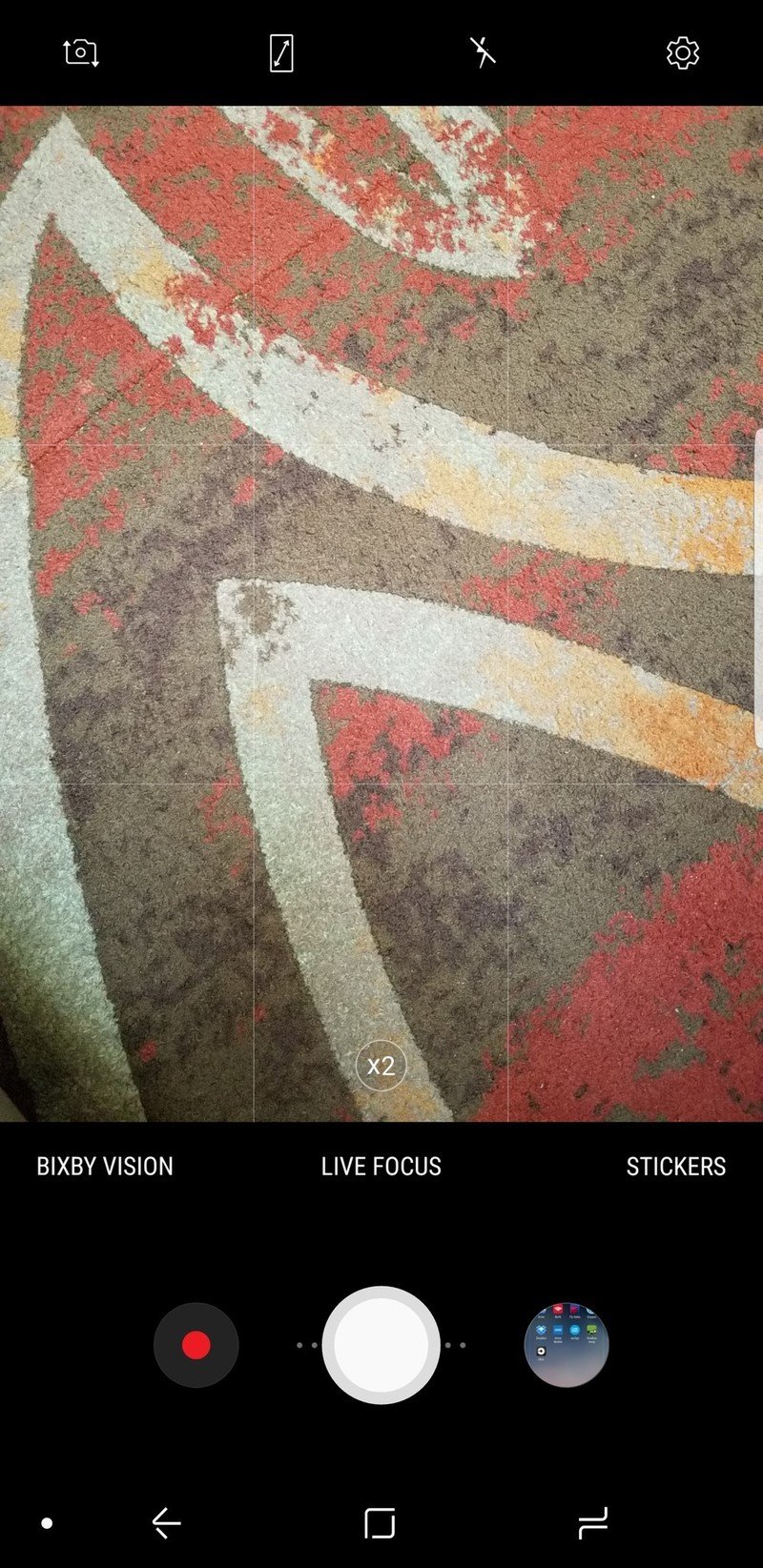
There's still an abundance of features, some of which have roots as far back as the Galaxy S3 and Note 2, but for better or worse Samsung has turned most of them off and effectively hidden them in the settings. If someone has an old Samsung phone and move up to a Note 8 and wants to find some random feature they loved, it's probably here — and at the same time, the start-up experience isn't nearly as chaotic as it used to be. There's room for improvement, and nobody is going to mistake the Note 8 for having Motorola-esque software, but it's the best it's ever been.
Samsung has to keep walking the line of having every feature imaginable while staying accessible.
Samsung's only areas that need real improvement, from my perspective, are its launcher and keyboard apps. The launcher is still quirky with its wasted space in folders, funky app drawer layout and weird grid spacing depending on how you use widgets. The keyboard continues to have poor word prediction and strange auto-fill tendencies. But if you're like me and don't care for either one, you can replace both apps in a snap and move on. The rest of the interface — the parts you can't change — are solid.
Yes, Samsung continues to ship apps that duplicate Google's pre-installed versions, and I really wish there was a way it could just give in and let us actually choose which we want ... but that just seems like a fruitless fight at this point. Samsung is in love with its custom apps.
You'll notice I went through a large portion of the software section without mentioning Bixby. Well, it shouldn't come as any surprise that Samsung went through its whole press conference and the subsequent first week of advertising without highlighting it, either. Bixby is still very much a work in process, and it just hasn't caught on for me anywhere near as much as Google Now and Google Assistant have. Bixby Home is still very slow to load and then not helpful once it does, and something about having to level up and gain "xp" just to get extras like themes rubs me the wrong way. During my time in Germany this past week I attempted to use Bixby Vision to make translations only to find it fail or take so long to produce results I had moved on. Bixby has potential, but my word it isn't there yet.
Performance
Samsung phones have a bad reputation for getting a bit ... sluggish over time, with even the most powerful of its phones eventually succumbing to the weight of all of the features and apps. Granted I'm working on less than two weeks of time with the Note 8, but so far everything has been extremely fast — nary a hiccup, crash, stutter or (gasp) reboot. This is with over 100 apps installed, and everything actively running and syncing in the background with no intervention. That's a great sign.
Performance has been perfect — let's hope it stays that way over time.
I'm using the Snapdragon-powered U.S. model, but I don't see how things would be any different with Samsung's own Exynos processor running the show in an international model. With 6GB of RAM there's plenty of room for old apps to stick in memory, ready to respond. Most of the time I could scroll back in the Recents menu to an app from earlier in the day and it'd still be sitting there ready to go — it seems that's what people ask for in these phones with lots of RAM, and the Note 8 has it. More importantly, a year down the road the phone will still have plenty of RAM for what will surely be evermore resource-hungry apps.
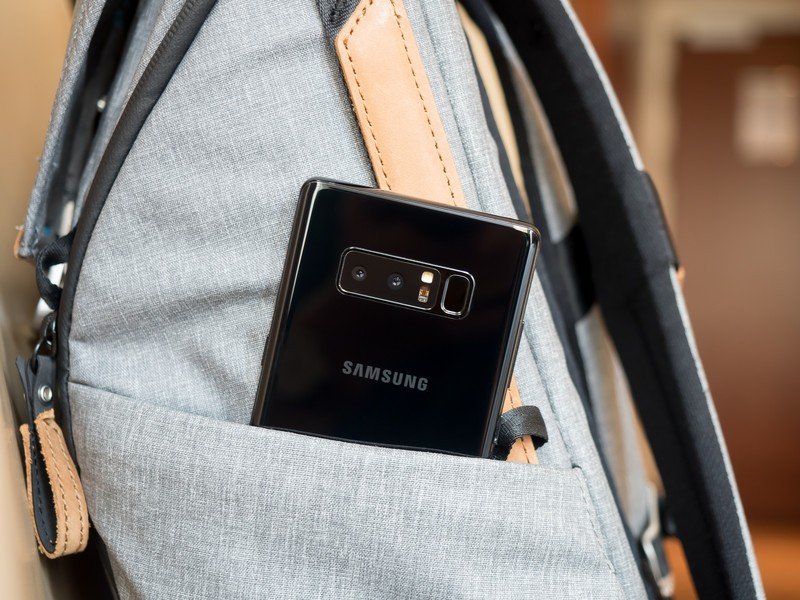
Battery life
The Note 8 has an understandably conservative battery capacity, with 3300mAh inside — smaller than both the Note 7 and Galaxy S8+ (3500mAh) that came before it. With a more efficient processor running the show, and some software optimization, the hope is that the combination can still provide great battery life; something the Note line has traditionally been known for.
It offers plenty for most people, but that doesn't quite align with the Note line's history.
The most notable characteristic of the Note 8's battery life has been rock solid consistency. Every single day I used the Note 8 in my review period I got almost the same battery life, even though I obviously didn't use it the exact same way each day. From full to dead, the Note 8 was good for 15 to 16 hours, which in my case also includes 3 to 4 hours of "screen on" time. I use the phone at its full WQHD+ resolution, leave all of my apps running and syncing, use automatic brightness, use Bluetooth for audio for a few hours a day on average and leave Always On Display turned on. I get a whole lot of email, send a ton of messages and take plenty of photos.
I absolutely appreciate the battery consistency. I never had a moment where I was surprised about how much battery I had left at a certain point in the day. Nor did I really feel like I had to baby it in the afternoon to get to the evening. I do, however, recognize that not everyone uses their phone like I do — and indeed I don't always have a "typical" or "average" day with my phone. Sometimes I want to sit and watch soccer highlights on YouTube when I have 30 minutes to kill on a train, or want to play a game for the same amount of time, or flip on my hotspot for a couple hours when I need a connection on my laptop. In these cases, it pushed the Note 8 to trigger battery saver (at 15%) around dinnertime — and then if I took it easy I could still end the day without charging.
For most people, getting a solid 16 hours of battery life each an every day will suit their needs just fine. Add in a few drops on a wireless charging pad throughout the day and you'll be golden. Turn off Always On Display, and you'll probably extend that battery life by an hour (seriously, it's that big of a drain) as well. But should you have to make these little compromises or changes in behavior to get great battery life out of one of the biggest phones available today? This level of longevity isn't surprising at all given its specs, screen size and battery capacity — but it may be a little off-putting for those who are used to a big Note delivering bigger-than-the-rest battery life.
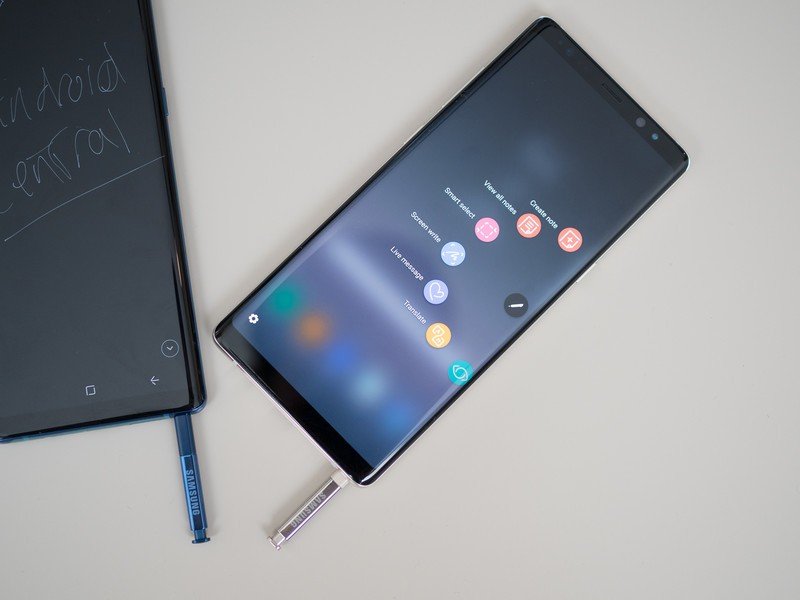
S Pen
Aside from a couple of budget-level imitators, the Galaxy Note 8 is your only real choice for a phone with a stylus — and just like each and every Note, the S Pen is a core part of the experience with special-made software and integrations into the system. The S Pen offers 4096 levels of pressure sensitivity, which combined with the 0.7 mm tip gives you precise control whether you're jotting down a quick note, signing a PDF, or spending time drawing something more intricate.
There are two types of people: those who use the S Pen every day, and those who have never touched it.
Alongside the typical software suite of Samsung Notes, Smart select and Screen write, you now have a new feature called "Live message" that lets you draw out a message and have it turned into an animated gif that you can then send into any app that'll accept that file format. It's a neat thing that you'll use four times and never touch again. Screen off memo, which lets you pull out the S Pen and immediately start writing without unlocking the phone, now lets you expand your notes to a staggering 100 pages. That's decidedly more useful.
I still get the feeling that the S Pen is something that is both a must-have feature for the Note fanatics out there and also something that so many Note users have never used. If you're the type of person that loves the idea of the fine control a stylus provides, and does a ton of writing, the S Pen is probably worth having — then again, I probably didn't need to tell you that. If these features don't immediately appeal to you, you're more likely to leave that S Pen sitting in its silo day after day. Even though I can see the value of the S Pen for the people who need its specific set of features, I'm certainly in the camp who just doesn't find a use for it.
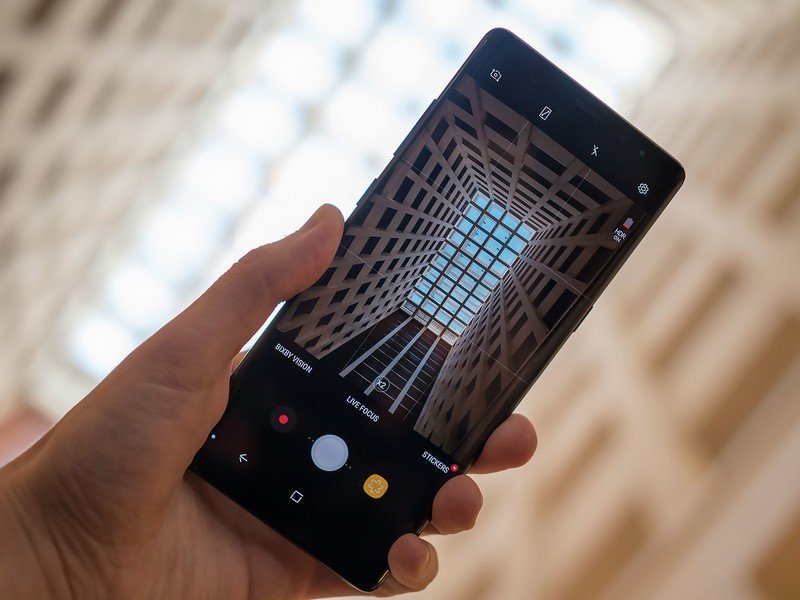
Good, with a gimmick
Galaxy Note 8 Cameras
Samsung has joined the dual camera club with the Note 8, and it's going with the same combination popularized by the iPhone 7 Plus: a pair of equal resolution sensors behind different focal length lenses. The Note 8's main camera is virtually (if not entirely) identical to the Galaxy S8+, but the secondary is a different sensor type with a longer focal length, about 2X the main, and an f/2.4 aperture.
Despite my slight distaste with the idea of the main camera remaining stagnant, the photos you get out of it each and every time are good, and a majority of the time, they're great. Samsung still has the experience of launching the camera super-quickly and capturing just as fast absolutely locked in. Daylight photos are punchy and always pleasing to the eye, and low light photos are still great with Samsung's typical tendency to have a warm color temperature and slightly over-softened edges in some shots. But those are tiny nitpicks — just look at the photo samples below and see what this thing is capable of.

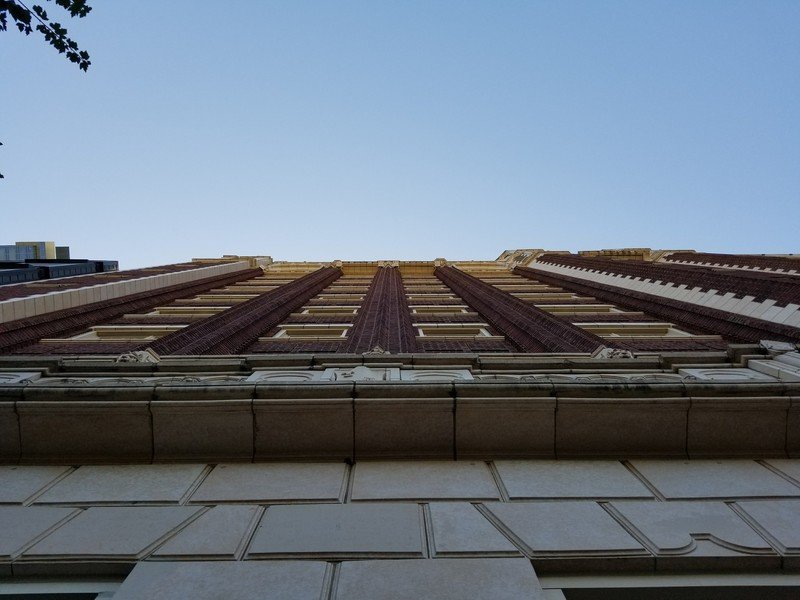
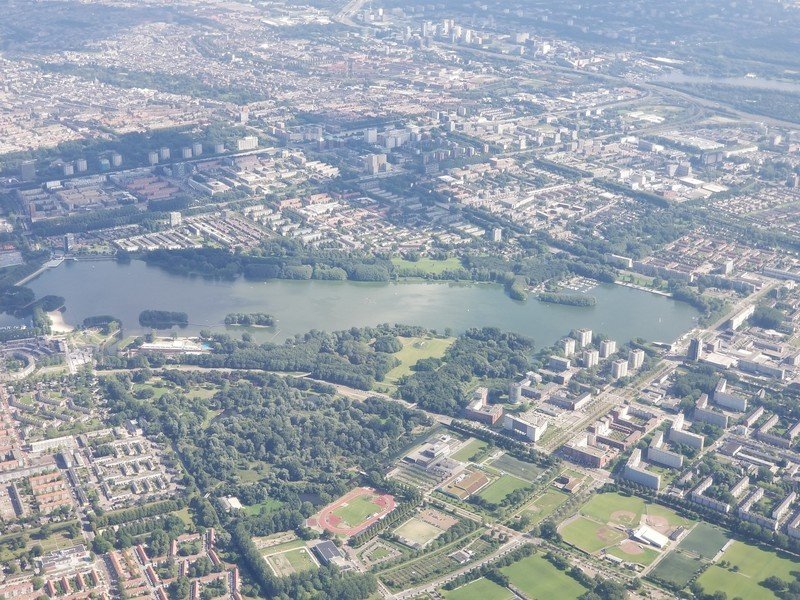

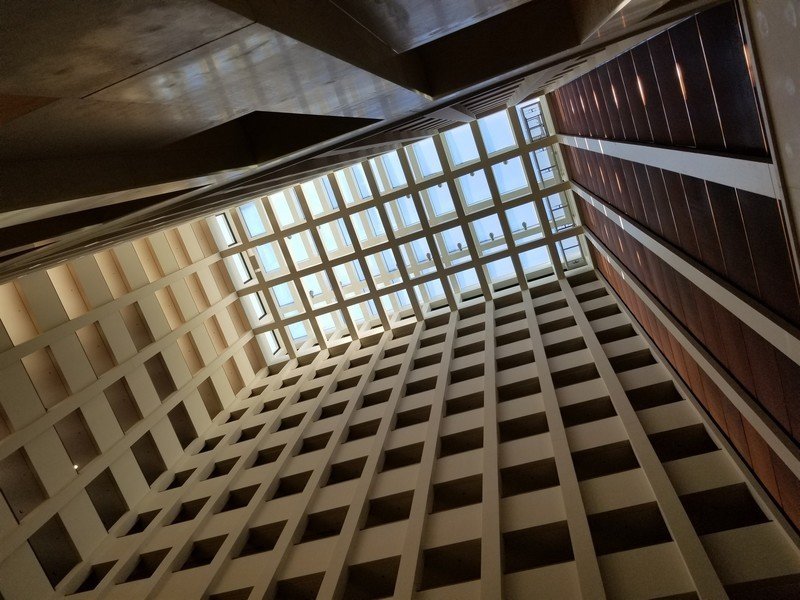





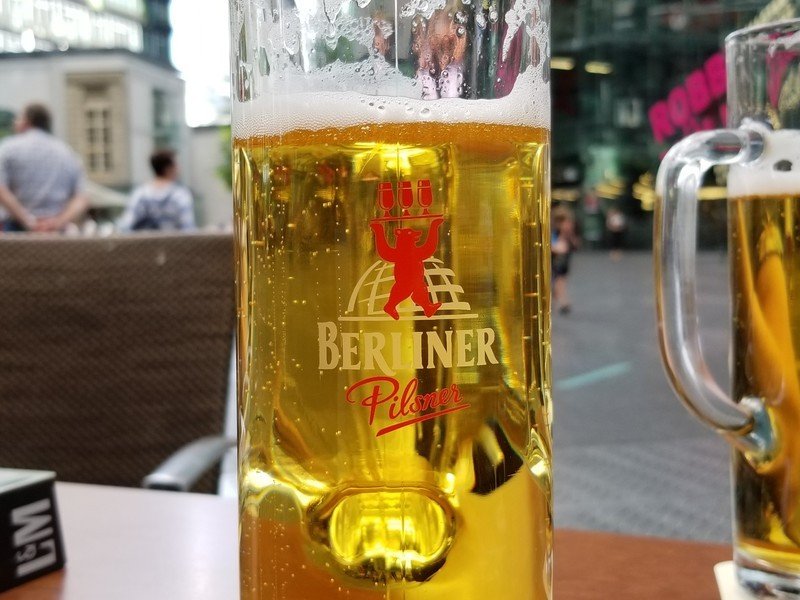
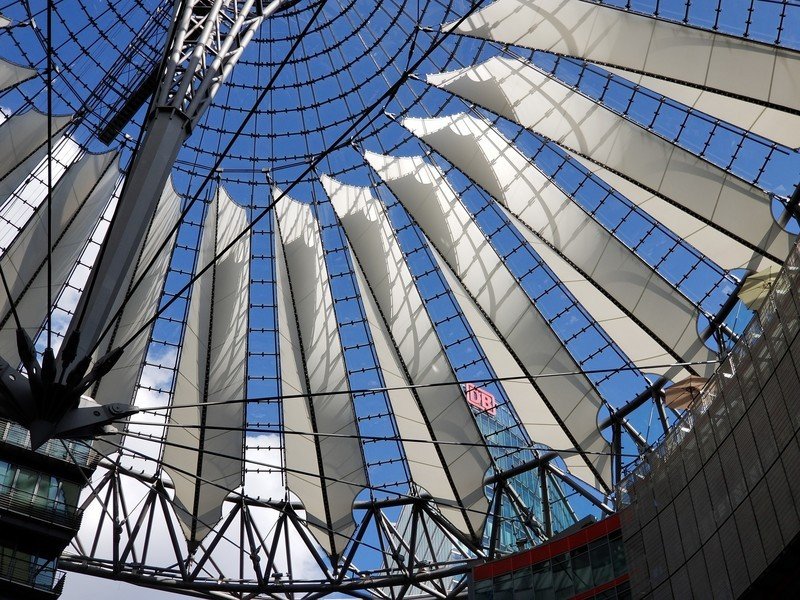

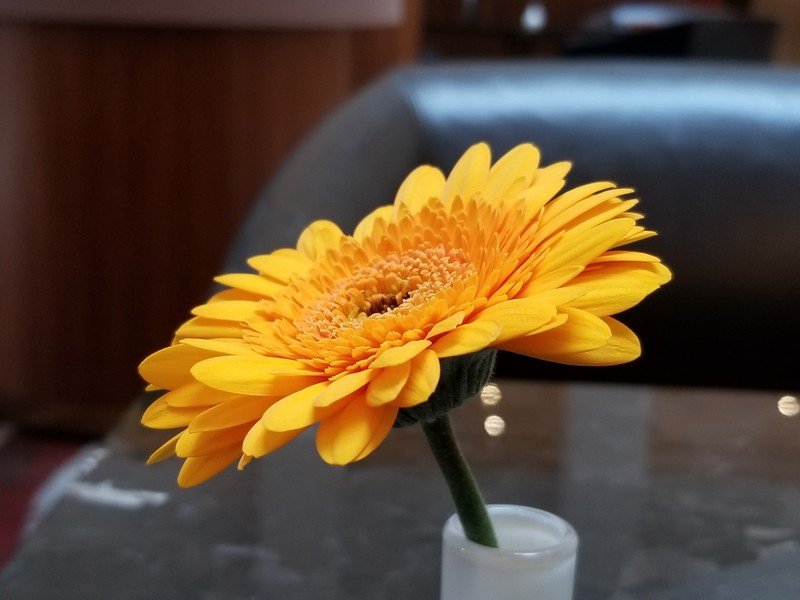

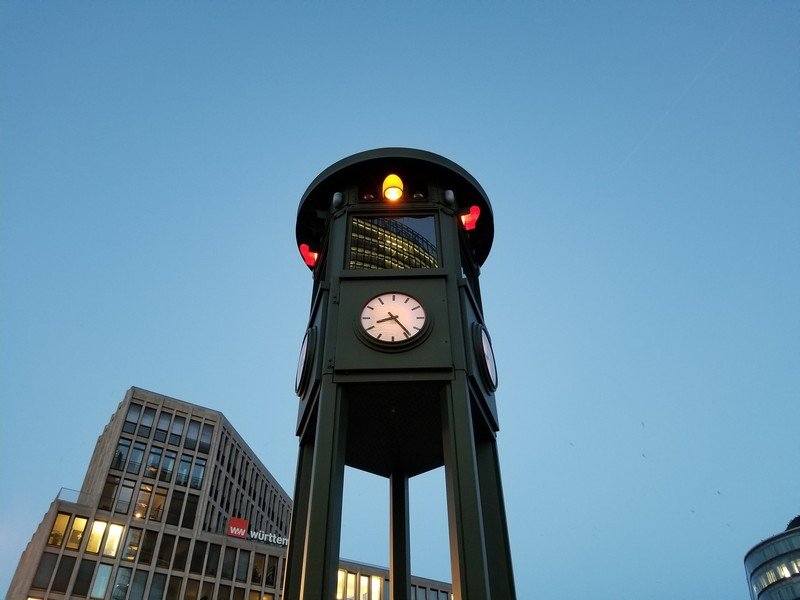
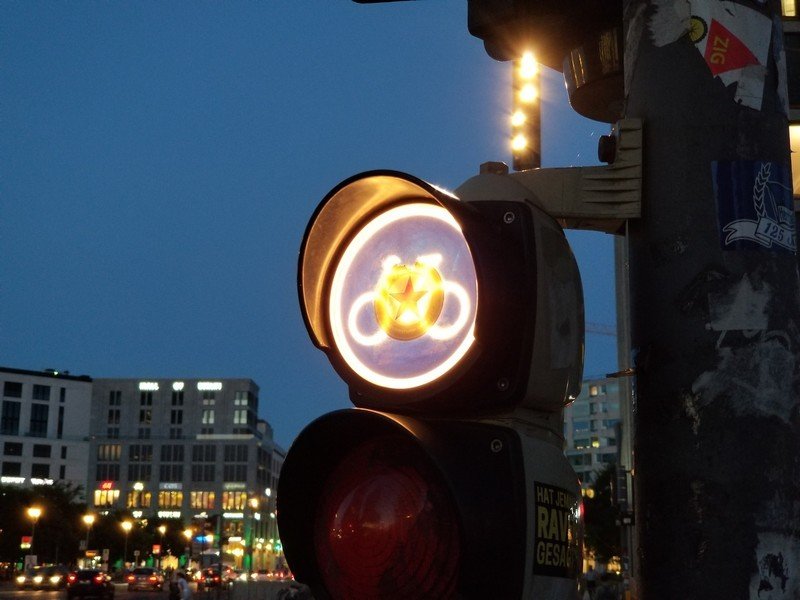


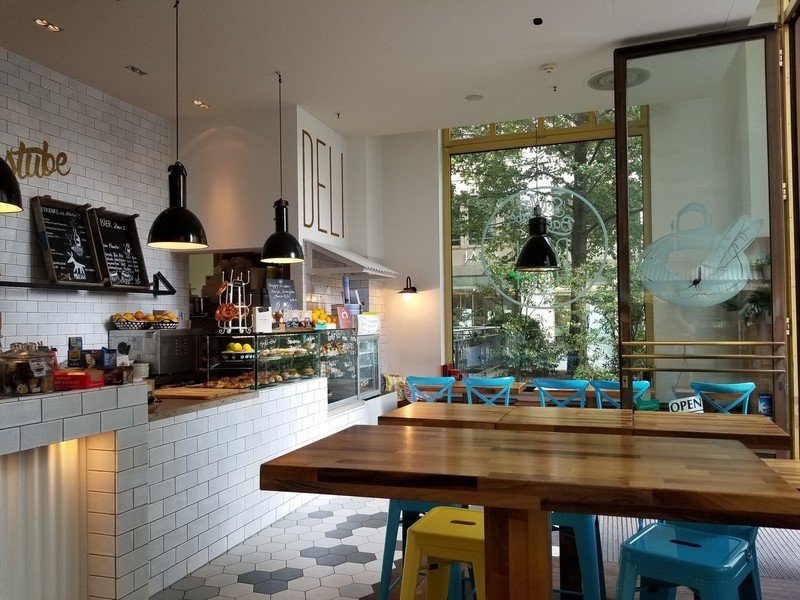
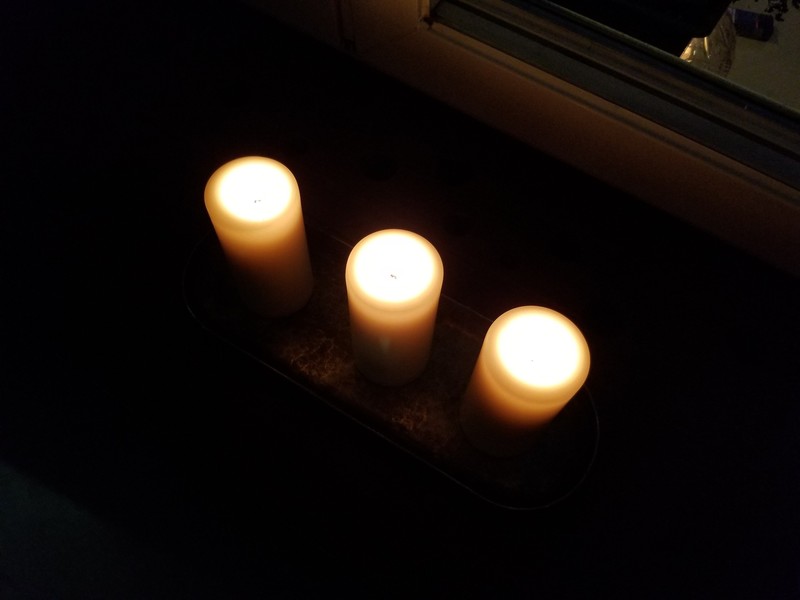
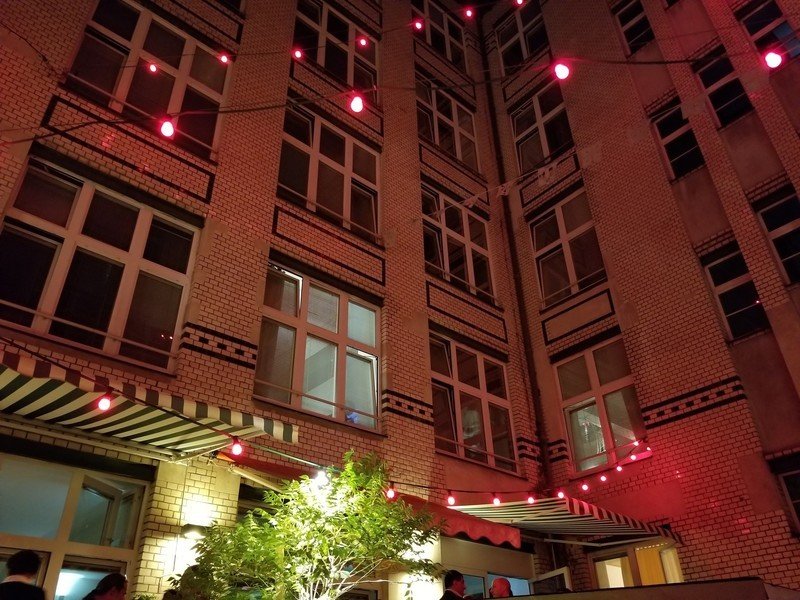
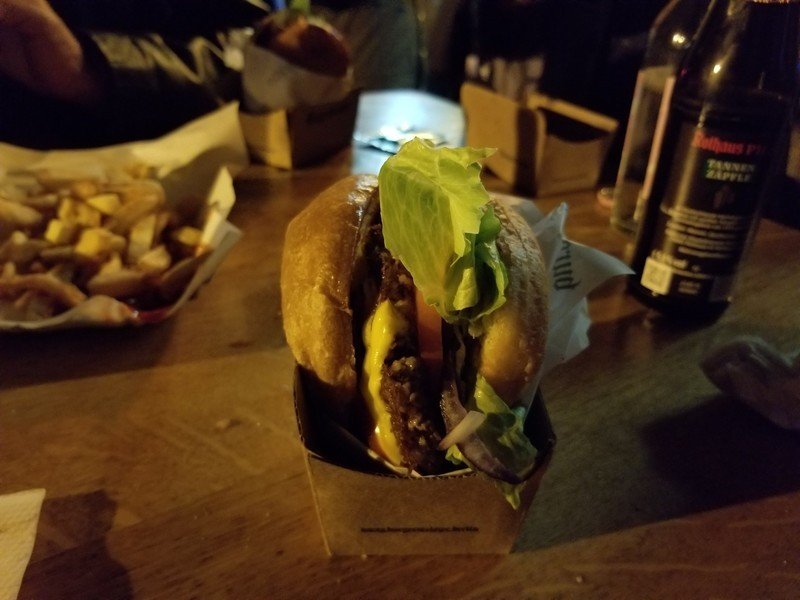
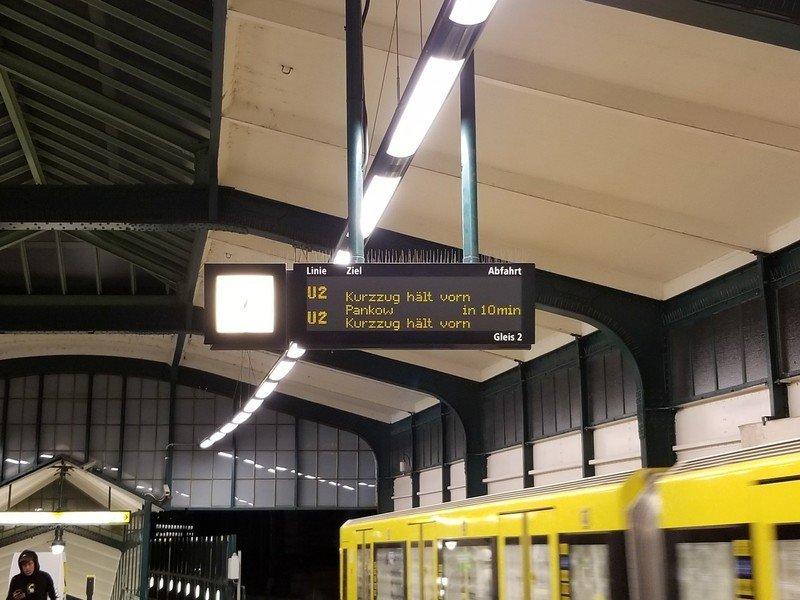
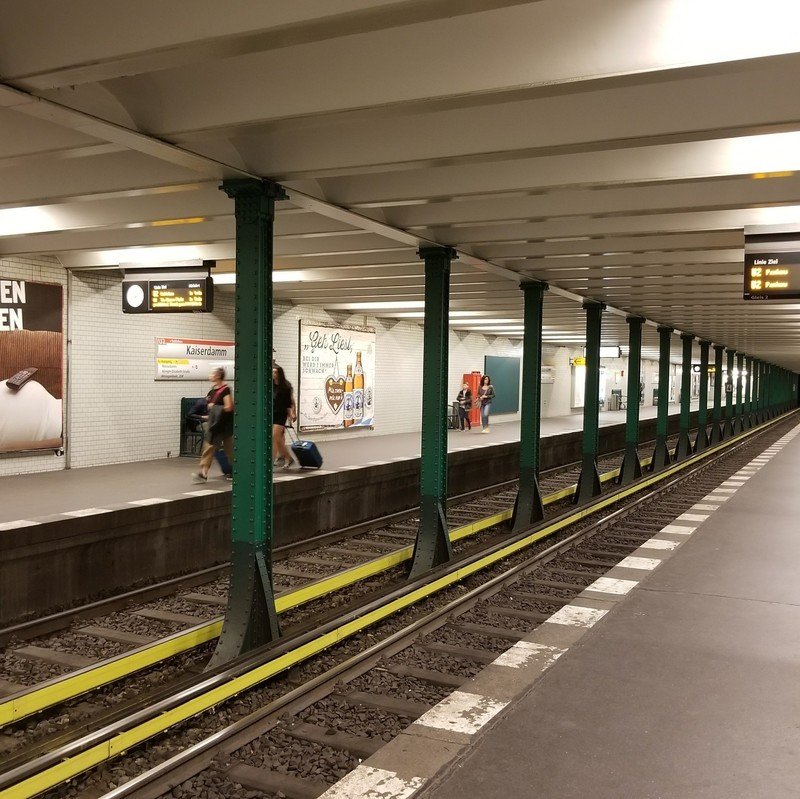
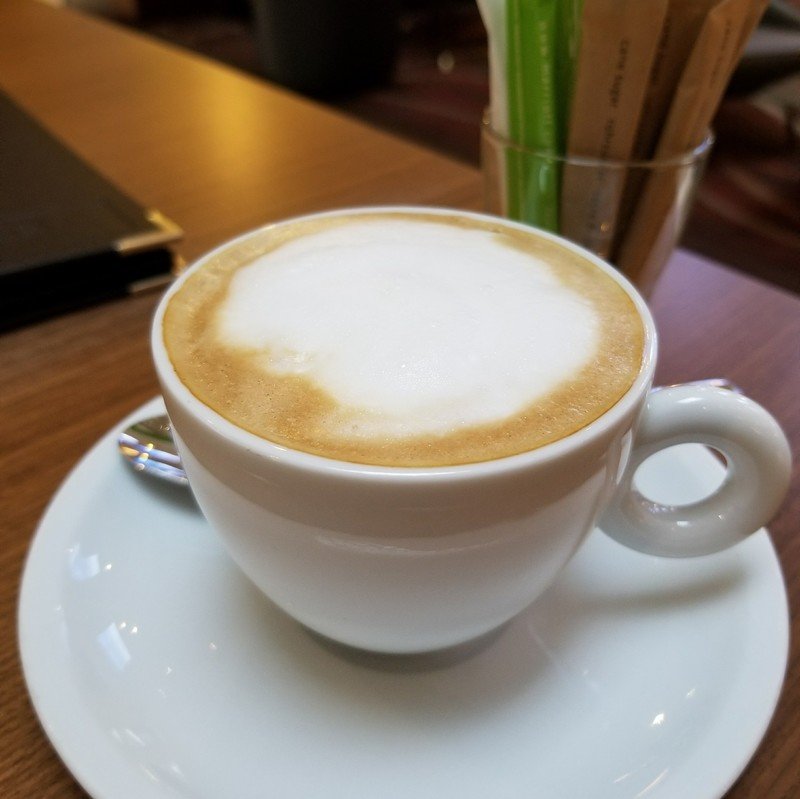
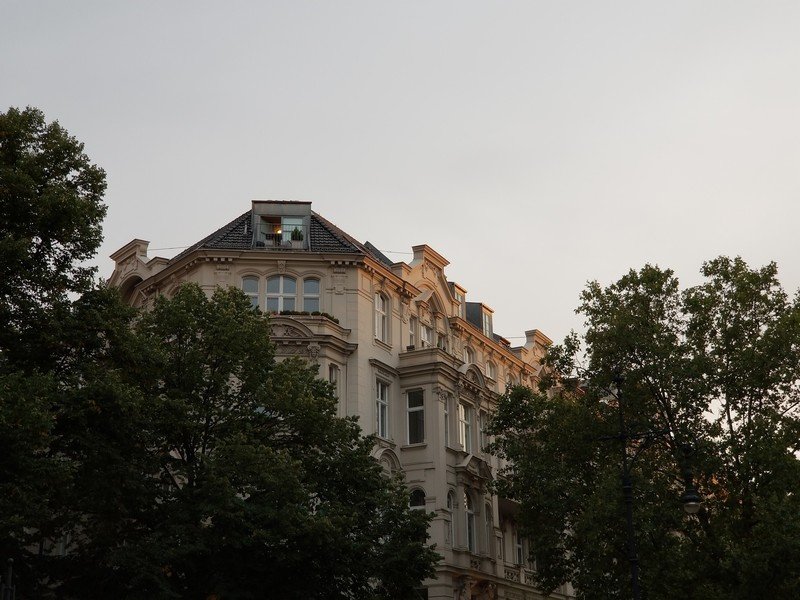


The secondary camera in itself isn't particularly revolutionary, but it's great to see how close its results are to the main camera in terms of colors, sharpness and overall quality. The narrower field of view offers a unique shooting option, including for macro shots when there's enough light. Though the unique effect of a 2X lens isn't quite as exciting, in my use, as the dramatic wide-angle shooter available on LG's last few flagships. Having OIS on the long lens truly does help give you more consistently sharp photos in a variety of shooting conditions, though Samsung's software does tend to opt for a digital crop in on the main sensor when you switch to 2X mode in very dark scenes. The funniest thing about it is that I often had to check the EXIF data to find out which camera it used — props, again, for having these two cameras produce such similar results.


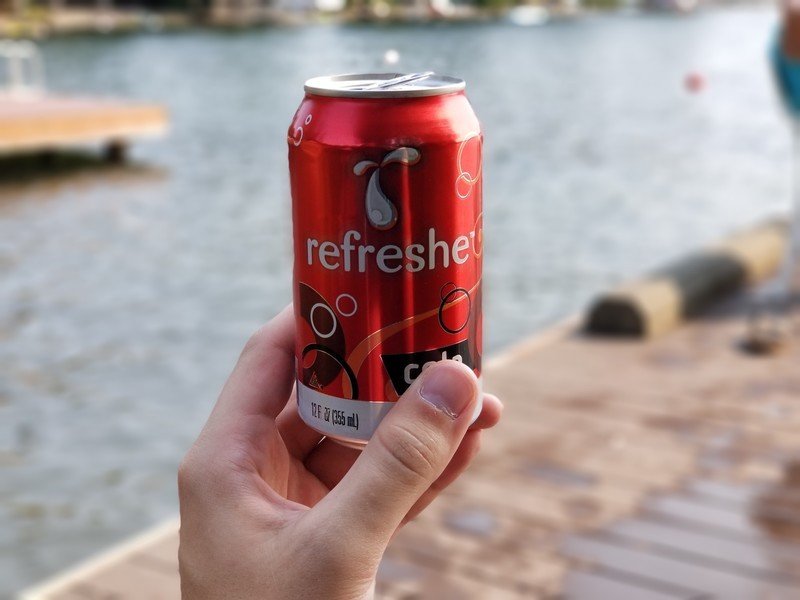
Live Focus is the only part of this camera setup that needs work.
The one part of the camera experience I'm not fully behind yet is the "Live Focus" mode, which is the in-vogue feature that uses both cameras at once to detect a subject and artificially blur everything in the background. Just as we've seen time and time again, the computation required to do this effect properly is very hard — and the Note 8 exhibits many of the same struggles as the iPhone 7 Plus, OnePlus 5 and others. Basically, it doesn't always know where the edges of objects are, and when it has to guess it can often get it wrong. The reason why this edge detection is critical is because that's where the software starts to apply the blur — and our eyes can instantly tell when the edge and background blur doesn't look right.
Live Focus shots can be dramatic, beautiful and unique. They can also look like something a free app from the Play Store applied to a photo you took with a single camera. You'll notice there are 29 "regular" photos in the gallery above, and only three Live Focus shots — I think that says something. Yes I may be looking a bit critically at the results, but it shows just how good each camera is on its own versus the potentially hit-or-miss Live Focus. The important part of this is it does look great when it works, and it can get better with software — we saw Portrait Mode on the iPhone 7 Plus, though not perfect, improve over the last year. I expect the same to happen with the Note 8.
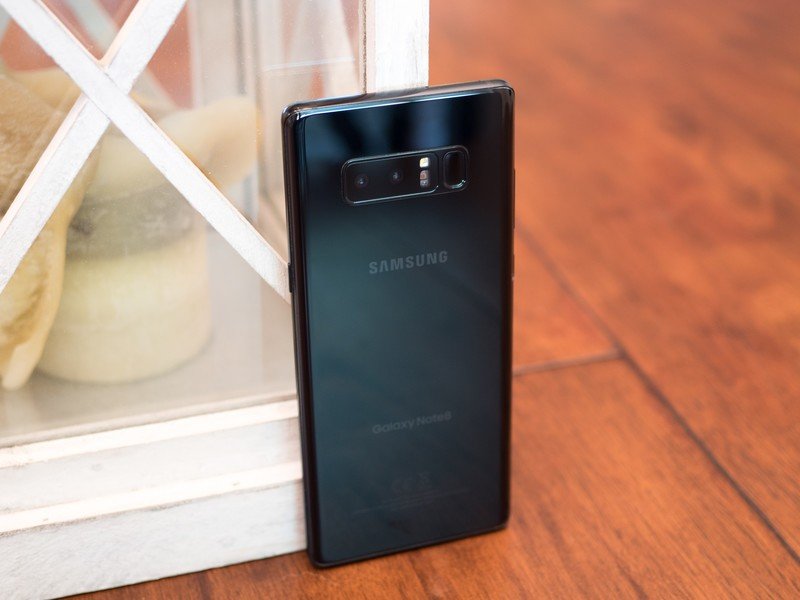
Familiar, but that's a good thing
Galaxy Note 8 Bottom line
At first glance, it's pretty easy to underestimate the Galaxy Note 8 on account of its familiarity after months of seeing the Galaxy S8+ in the wild. But the big thing to remember is that the Galaxy S8 and S8+ are Samsung's best-ever selling flagships, so sharing a basic platform with those phones isn't really a problem. The hardware is easy to love, the screen is absolutely leading the industry, the software is feature-packed and the performance is great. As for Note-exculsive features, the new dual camera setup will give you consistently great photos and the S Pen is great for the people who need the extra utility.
The Galaxy Note 8 is fantastic, but it surely isn't special.
We can go on and on complaining about the minutia of the fingerprint sensor placement or that the battery that isn't quite big enough for everyone. But these are minor missteps with what is otherwise a fantastic choice for the person that wants a phone that represents the best the industry has to offer. But let's remember that a single phone cannot be all things to all people, and the Note 8 surely isn't for everyone — its size is a serious consideration that should give some people pause, and the price tag is eye-watering.
4 out of 5
And that creates a conundrum. For as great as the Galaxy Note 8 is overall, it's somewhat a victim of Samsung's success. The Galaxy S8 and S8+ are such good phones, and have so much in common with the Note 8, that the biggest and most expensive phone in Samsung's lineup just isn't all that special anymore — yet it's asking for a hefty price premium over the other two. But that's something for the tech press to get worried about. For everyone who just wants a fantastic phone with excellent hardware, a massive screen and just about every feature imaginable, the Galaxy Note 8 is here and owners will definitely enjoy it. For those who are drawn to it but need something smaller, or cheaper, Samsung will happily sell you a Galaxy S8.
Andrew was an Executive Editor, U.S. at Android Central between 2012 and 2020.
